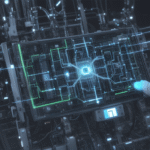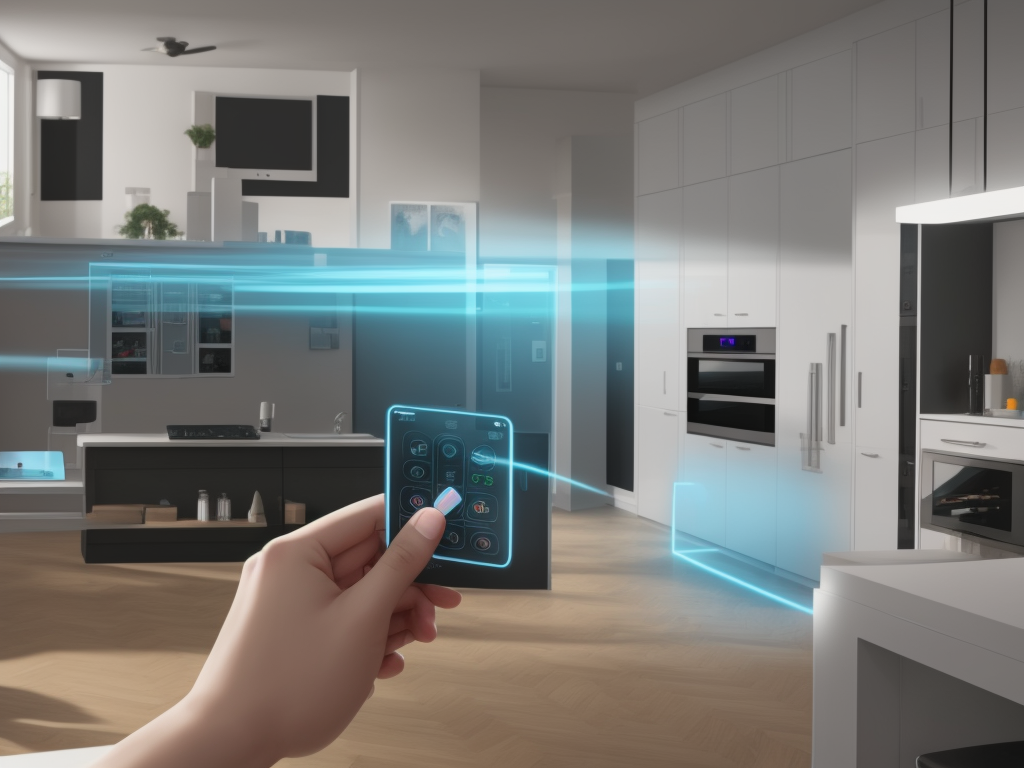Introduction to Smart Homes
In recent years, the term “smart home” has become ubiquitous, thanks to the rapid advancement of technology and its integration into everyday life. A smart home transforms your traditional property into a connected ecosystem, enabling you to control devices, monitor security, and even manage energy consumption all through your smartphone or a dedicated app. But what about self-healing features in smart homes? This intriguing concept takes the idea of automation and elevates it to an unprecedented level.
What Are Smart Home Self-Healing Features?
Smart home self-healing features represent a cutting-edge approach to home automation, designed to identify and resolve issues with devices or systems automatically – without requiring user intervention. Essentially, these features empower your devices to detect problems, analyze them, and take corrective actions that restore functionality or safety.
Imagine walking into your home after a long day at work only to find your lighting flickering or your security system malfunctioning. Instead of simply shutting down the system, smart home self-healing features could automatically pinpoint the issue (whether it’s a faulty bulb or a compromised security connection) and offer solutions like restarting the device or alerting you for manual intervention.
How Self-Healing Works in Smart Homes
The concept of self-healing in smart homes likely relies on advanced technologies such as:
- Artificial Intelligence (AI): AI algorithms analyze historical data and real-time performance metrics to predict potential failures.
- Machine Learning: Continuously improving through interactions, enabling the system to learn from past incidents and refine its problem-solving abilities.
- Predictive Analytics: Anticipating issues before they become critical by monitoring usage patterns and environmental conditions.
By combining these technologies, smart home systems can autonomously detect anomalies, assess their impact, and implement solutions tailored to your preferences and safety needs.
Use Cases for Smart Home Self-Healing
Here are some practical scenarios where self-healing features could make a significant difference:
1. Appliances and Electronics
- Scenario: Your microwave stops working when you return home after work.
- Self-Healing Functionality: The system detects the malfunction, identifies it as an electrical issue within the appliance, and restarts it without needing your input.
2. Energy Management Systems (EMS)
- Scenario: A solar panel array malfunctions due to weather conditions or a malfunctioning inverter.
- Self-Healing Functionality: The EMS monitors energy output, detects the issue, locates the faulty component, and either repairs it automatically or redirects power to less affected systems.
3. Security Systems
- Scenario: A security camera’s motion sensor triggers an alarm due to a false trigger (e.g., a cat entering the yard).
- Self-Healing Functionality: The system analyzes the context, determines that it’s not a genuine threat, and either silences the alarm or initiates a search for the intruder.
4. Water and Trash Systems
- Scenario: Your water softener suddenly stops providing clean water.
- Self-Healing Functionality: The system logs the issue, compares it with historical data, identifies it as a hardware failure, and either restores service or directs you to repair options.
Benefits of Smart Home Self-Healing
The adoption of self-healing features in smart homes offers numerous benefits:
- Reduced Human Error
- By automating problem-solving, these systems minimize the risk of manual errors caused by faulty devices or overlooked configurations.
- Improved Device Reliability
- Regular maintenance and automated diagnostics enhance the longevity of your home’s technological infrastructure.
- Enhanced User Experience
- The ability to interact with smart devices without physical touch fosters a seamless, intuitive user interface that aligns with modern sensibilities.
- Increased Safety for Seniors or People with Disabilities
- Self-healing features can alert users of potential dangers (e.g., falling objects) and offer guidance on how to respond safely, enhancing mobility and independence.
- Cost Efficiency
- By addressing issues proactively rather than reactively, self-healing systems may reduce long-term operational costs associated with repairs and replacements.
Challenges in Implementing Self-Healing Features
Despite the numerous benefits, implementing self-healing features in smart homes presents several challenges:
- Technical Limitations
- Smart home devices often operate within predefined parameters, limiting their ability to handle unexpected anomalies beyond their programmed logic.
- False Positives and Negatives
- Machine learning models may misidentify issues or fail to detect genuine problems, leading to erroneous system responses.
- Regulatory and Ethical Considerations
- Introducing self-healing mechanisms raises questions about autonomy, privacy, and the ethical responsibilities of creating systems that can act independently in users’ homes.
- Standardization
- Without universal standards for self-healing protocols across different devices, coordination among manufacturers, developers, and consumers could become complex and inconsistent.
Real-World Examples
- Smart Lighting Systems
- Some smart lightbulbs now feature built-in sensors that detect flickering or dimming, alerting users to potential faults before they escalate into more significant issues like power outages.
- Automated Garbage Disposal
- In some cities, automated trash systems equipped with self-healing mechanisms can detect clogs in the system and either repair them automatically or escalate the issue to human operators for resolution.
- Energy-Efficient Appliances
- Advanced washer/dryer combinations might now include self-healing features that address malfunctions related to energy efficiency or detergent performance, reducing water and power consumption when issues arise.
The Future of Smart Home Self-Healing
As technology continues to evolve, the concept of self-healing in smart homes is likely to expand beyond basic troubleshooting. Potential future developments might include:
- AI-Powered Predictive Maintenance: Monitoring home systems over time to predict and prevent minor malfunctions
- Contextual Problem Solving: Understanding user intent through advanced AI to offer more personalized solutions
- Integration with Smart Cities Initiatives: Leveraging self-healing technologies as part of a broader strategy for creating sustainable, resilient urban environments
In an era where technology is increasingly pervasive in our homes and lives, the idea of self-healing offers a glimpse into a future where devices can enhance our quality of life without sacrificing privacy or convenience. While still largely in its infancy, this concept already has the potential to transform how we live, work, and interact with technology.







